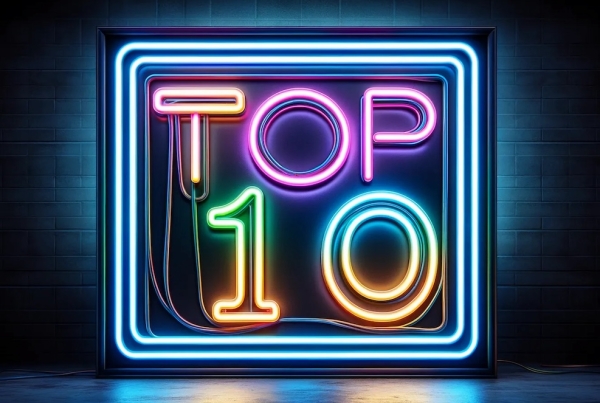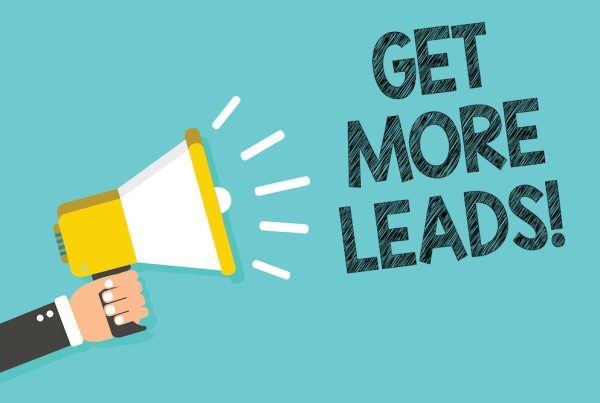Marketers and salespeople alike are always looking for the best and most cost-effective way to generate leads. With their ability to engage audiences, provide valuable content, and establish thought leadership, webinars offer a unique opportunity to connect with potential clients and nurture them through the sales funnel. This step-by-step guide will walk you through the process of leveraging webinars to generate leads for your B2B clients. From pre-webinar planning to post-webinar follow-up, we’ll cover every aspect of hosting a successful webinar campaign that not only attracts prospects but also fosters lasting relationships.
91% of B2B professionals say webinars are their preferred type of content.
Pre-Webinar Preparation: Setting the Stage for Success
Before diving into the webinar itself, thorough preparation is essential to ensure a seamless experience for both hosts and attendees. Here’s what you need to do:
Define Your Goals
Start by outlining clear objectives for your webinar. Whether it’s to generate leads, educate prospects, or showcase a new product/service, having specific goals will guide your planning process. You’ll need to ensure that your goals are realistic and attainable in order to not get discouraged. For example, if you have an unsegmented email list of 5,000 contacts, it may be unrealistic to get 500 registrants with that list. The first webinar you do may be trial and error, but once you have completed one you’ll have something to benchmark against.
Know Your Audience
Understanding your target audience’s pain points, interests, and preferences is crucial for crafting content that resonates with them. Conduct market research and utilize customer personas to tailor your webinar content accordingly. This can help you with both marketing before the event, and how you deliver the webinar the day of. Some demographics want a quicker 20-minute session, while others want longer, more in-depth content.
Choose a Compelling Topic
Select a topic that addresses a common challenge or provides valuable insights relevant to your audience. Aim for a balance between evergreen topics and timely industry trends to maximize audience interest. An example that we have done recently for a client is AI meets Cybersecurity. Both AI and cybersecurity are hot topics in the industry right now, so combining them was even more enticing for their audience.
Select the Right Format and Platform
Determine whether your webinar will be live, pre-recorded, or a hybrid, based on your objectives and audience preferences. Additionally, choose a reliable webinar platform that offers features like registration, live chat, and audience engagement tools. Here at IN2, we tend to use Zoom as it’s a well-known and easy platform to use. It also includes registration and post-event features like surveys.
Promote Your Webinar
Create a multi-channel promotional strategy to reach your target audience. Use email marketing, social media, blog posts, pop-ups, and paid advertising to generate buzz and drive registrations. As a B2B company, LinkedIn will likely be the best platform to use. Share organic socials leading up to the event that detail what you’re going to talk about and create some hype. Additionally, you can create a LinkedIn event that can help encourage registrations.
During the Webinar: Engage, Educate, and Convert
As the webinar kicks off, your focus should be on delivering valuable content while engaging attendees to keep them actively involved. Here’s how to make the most of this crucial stage:
Start Strong
Begin with a compelling introduction that captures attendees’ attention and sets the tone for the webinar. Clearly outline what they can expect to learn and how it will benefit them. We recommend offering a gift card or some type of incentive for attendees to stay until the end to ensure they get all of the information you have to offer.
Deliver Value-Driven Content
Stick to your agenda and provide actionable insights, best practices, and real-world examples that address your audience’s needs. Keep the presentation engaging by incorporating visuals, polls, and interactive elements. Try to keep the on-slide text to a minimum, and speak to the visuals that you have included to keep it interesting.
Encourage Audience Participation
Foster a sense of interactivity by encouraging attendees to ask questions, participate in polls, and share their thoughts in the chat. Addressing audience queries in real time helps keep them engaged and demonstrates your expertise. Within the Zoom platform, you can include polls and Q&As, and allow audience members to raise their hand if they have a question.
Showcase Your Expertise
Position yourself or your client as a trusted authority in the industry by sharing valuable insights and thought leadership. Use case studies, success stories, and data-driven evidence to support your claims and build credibility. Depending on what your webinar is about, you could also include a demonstration of a tool or software that you have implemented as well.
Include a Call-to-Action
Throughout the webinar, you don’t want to come across as too salesy. It isn’t a sales pitch, it’s an education session. However, as the webinar nears its conclusion, present a clear and compelling CTA that prompts attendees to take the next step. Whether it’s downloading a resource, scheduling a demo, or signing up for a free assessment, make it easy for prospects to engage further. By leaving this to the end, you know that the people who have stuck around are interested in what you have to offer.
 Post-Webinar Follow-Up: Nurturing Leads and Building Relationships
Post-Webinar Follow-Up: Nurturing Leads and Building Relationships
The webinar doesn’t end when the last slide is presented. Following up with attendees and non-attendees alike is essential for maximizing lead generation and nurturing relationships. Here’s what to do after the webinar:
Send Thank-You Emails
Immediately after the webinar, send personalized thank-you emails to all attendees, expressing gratitude for their participation and providing a recap of key takeaways. Include links to relevant resources or recordings for those who missed the event. If you talked about a certain resource or source, ensure to include that in your follow-ups. Zoom can also automatically send a follow-up email to attendees as well.
Follow Up with Non-Attendees
Reach out to registrants who didn’t attend the webinar, offering them the opportunity to access the recording or schedule a one-on-one consultation. Tailor the messaging to address their specific interests or concerns based on their registration information. A great way to do this is by sending them an email saying, “We missed you at our webinar”, with a link to watch the recorded session. Just because they didn’t attend, doesn’t mean they’re now a cold lead. They registered for a reason, something more important may have popped up instead.
Qualify and Segment Leads
Use the post-webinar engagement to qualify leads based on their level of interest, engagement, and fit with your client’s ideal customer profile. Segment leads into different nurture tracks based on their needs and readiness to purchase. This can help you tailor your future communications with them and ensure they get the most relevant information possible.
Nurture Leads Towards Conversion
Implement a lead nurturing strategy that guides prospects through the sales funnel, delivering targeted content and offers at each stage of their buyer’s journey. Use marketing automation tools to streamline the process and track lead engagement. One of the best ways to continue the conversation is by creating email drip campaigns within your CRM to follow up with webinar attendees. Offer them more information like a blog or whitepaper at first, and then offer a free assessment or demonstration.
Use the Webinar as Gated Content
Just because the live webinar is over, doesn’t mean that this piece of content is no longer useful. Record the webinar, take screenshots of any poll questions, and add them to your website as a piece of gated content. Then, you can continue to use your webinar in social posts and email newsletters and generate even more leads. You can take small clips out of the webinar to entice your audience to submit their contact information to watch it. This can also be helpful for those who do not have the time or the attention span to watch the entire webinar in one sitting.
What’s Next?
Webinars offer a powerful platform for B2B lead generation and relationship building when executed effectively. By following the steps outlined in this guide—from pre-webinar preparation to post-webinar follow-up—you can create engaging webinar experiences that attract, educate, and convert prospects into loyal customers. If you’re not sure where to start or how to execute any of the steps mentioned above, don’t hesitate to contact us for a quote on our webinar services.
About IN2communications
IN2communications is an award-winning digital marketing and web design agency helping hundreds of B2B organizations create awareness, boost consideration rates and generate sales leads.
Our awesome team provides experienced expertise in the following areas: Creative Strategy, B2B Campaigns, Web Development, Video Production, Social Media, Paid Advertising, SEO, Email Campaigns, Blogging, Presentations, Webinars and remarkable Content Creation.







